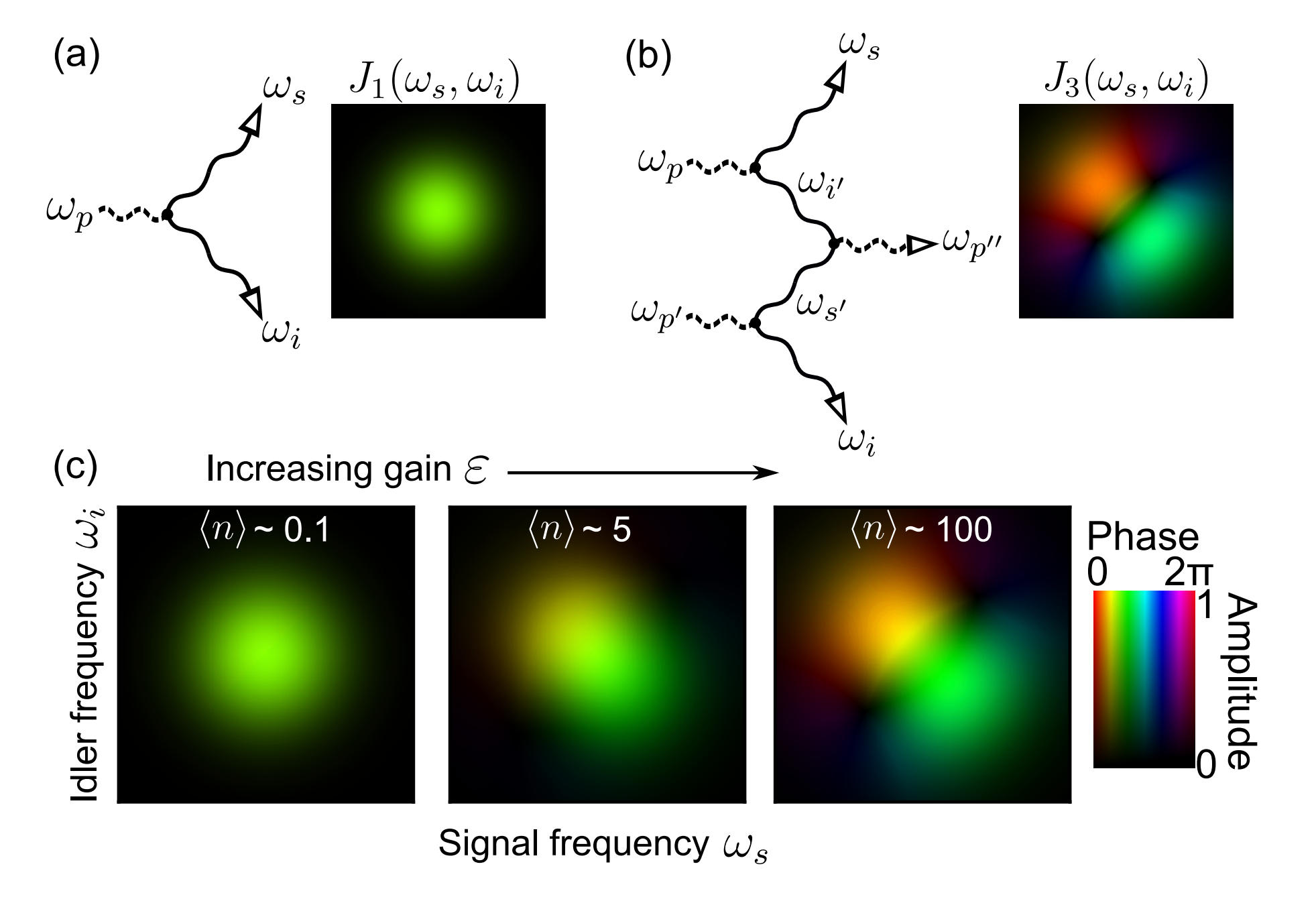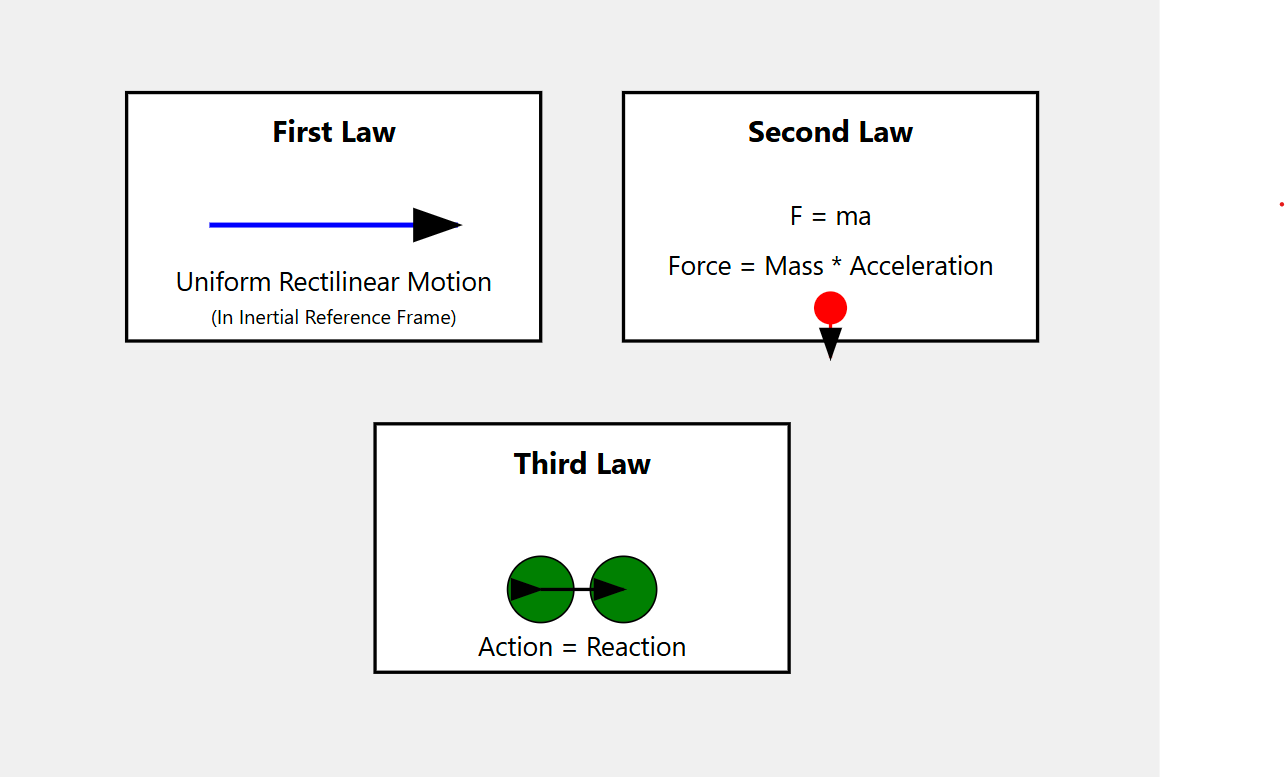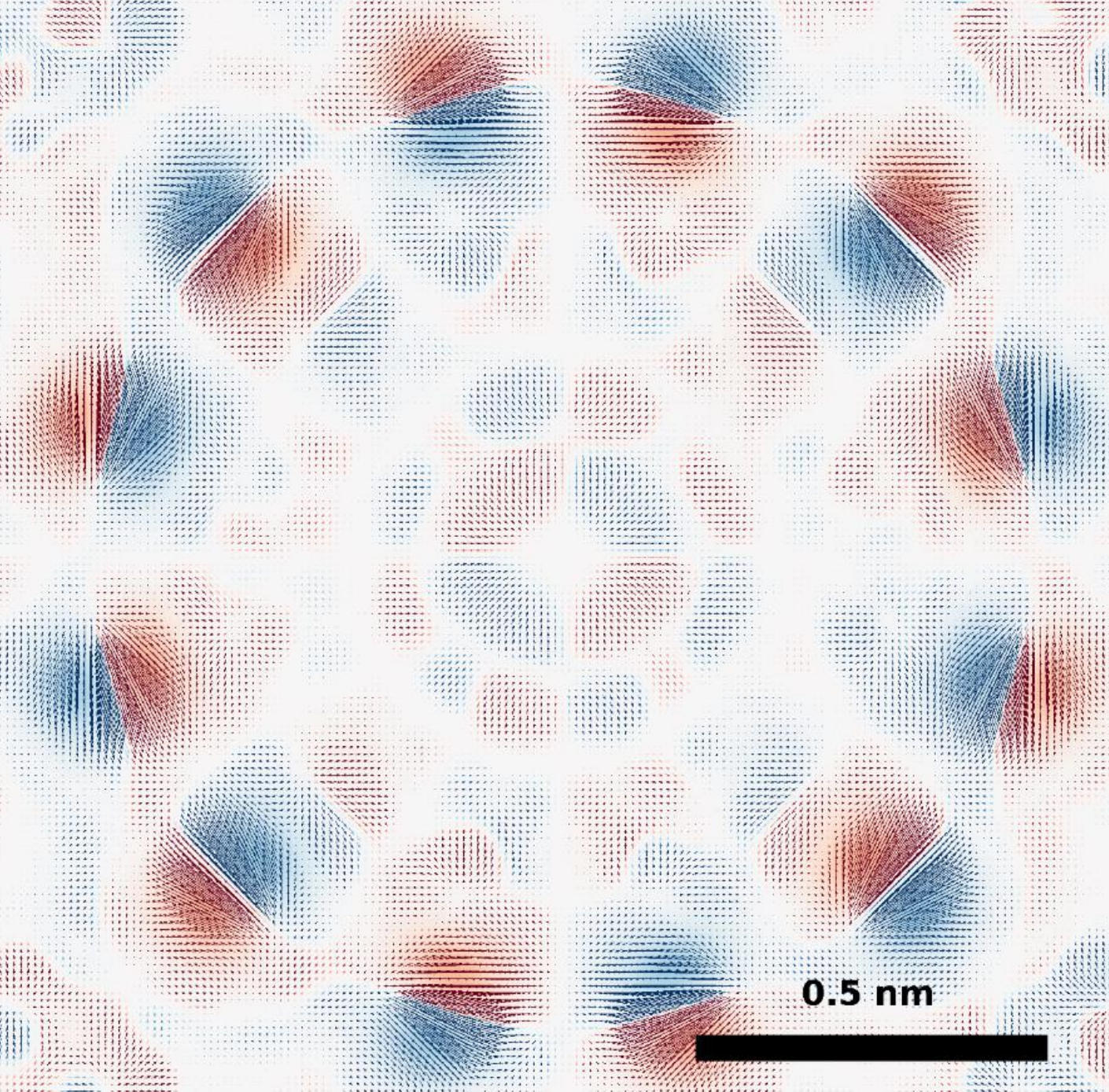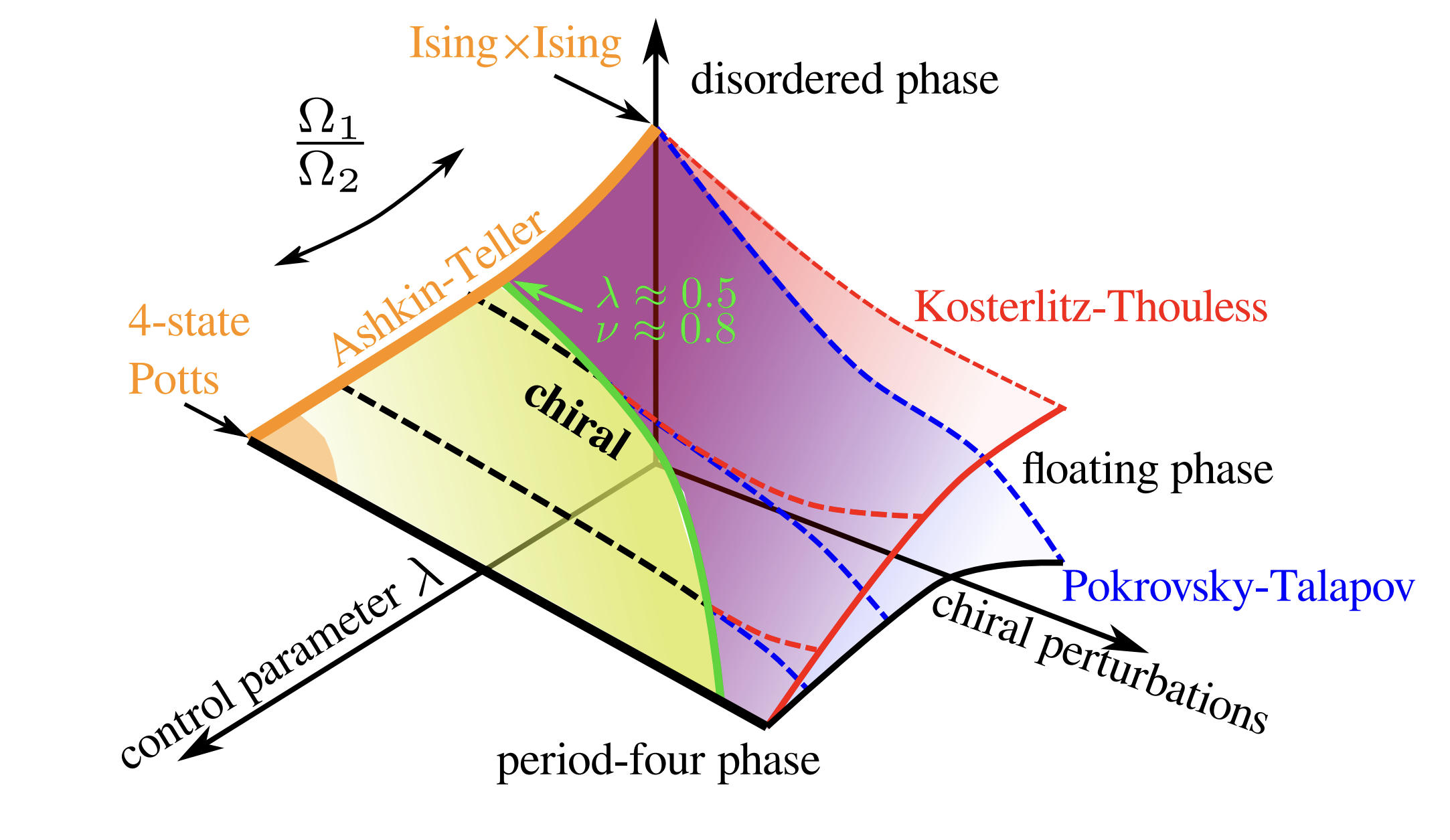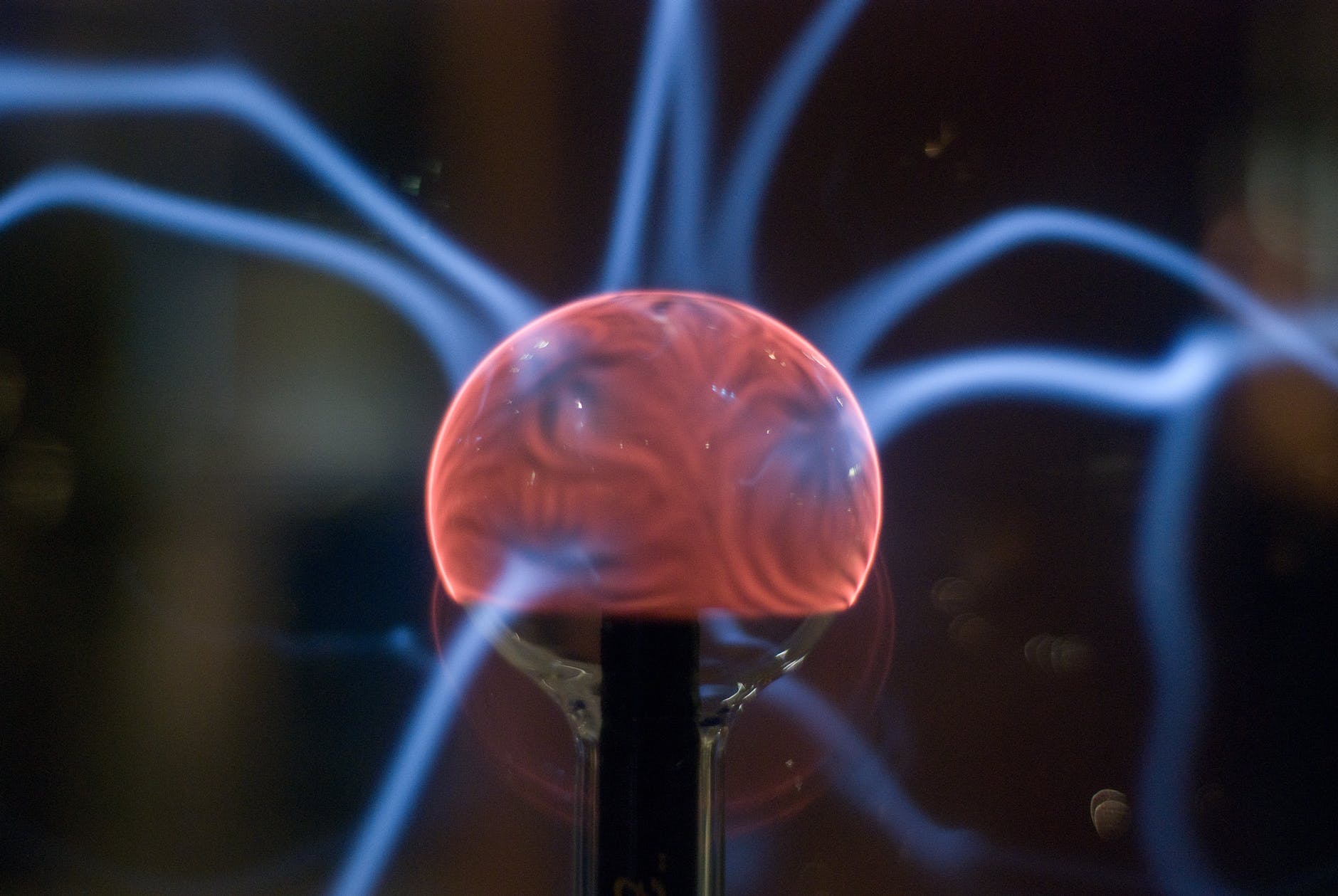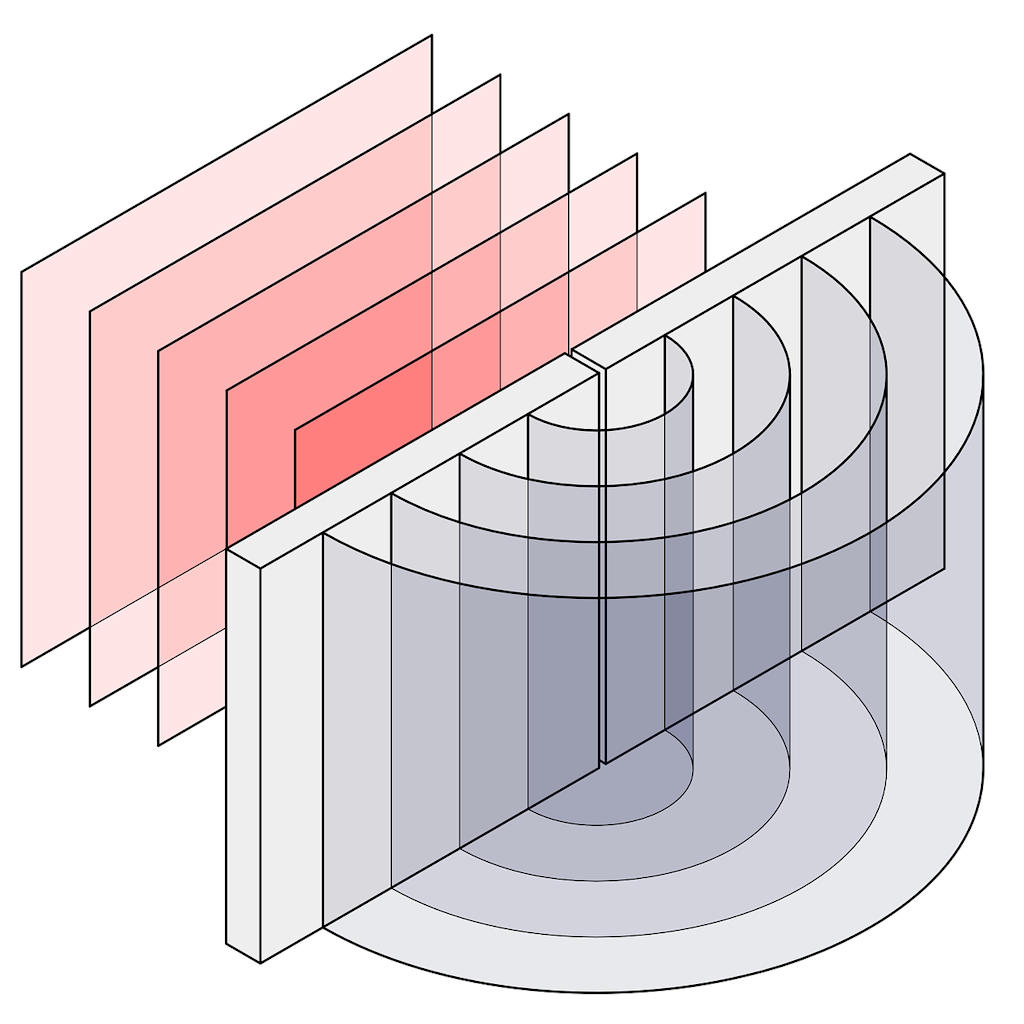Scientists in Canada have made a groundbreaking advance in the field of quantum optics by observing group delay phenomena induced by gain during spontaneous parametric down-conversion (SPDC). In SPDC, a single high-energy photon is converted into two lower-energy “daughter” photons. Previous studies had largely focused on scenarios with a low probability of such photon conversions. However, by increasing the intensity of the pump laser, the researchers were able to generate multiple photon pairs simultaneously, ultimately revealing a measurable shift in the arrival times of the daughter photons.
To carry out these precise measurements, the research team employed a high-power laser capable of generating ultrashort femtosecond pulses. These intense pulses were directed into an SPDC crystal, producing multiple pairs of entangled photons. The arrival times of these photons were then measured using spectral interferometry, a technique sensitive enough to detect minute timing differences. By transmitting the generated photons through several kilometers of optical fiber, the team stretched the pulses in time, enabling more accurate detection with superconducting nanowire single-photon detectors.
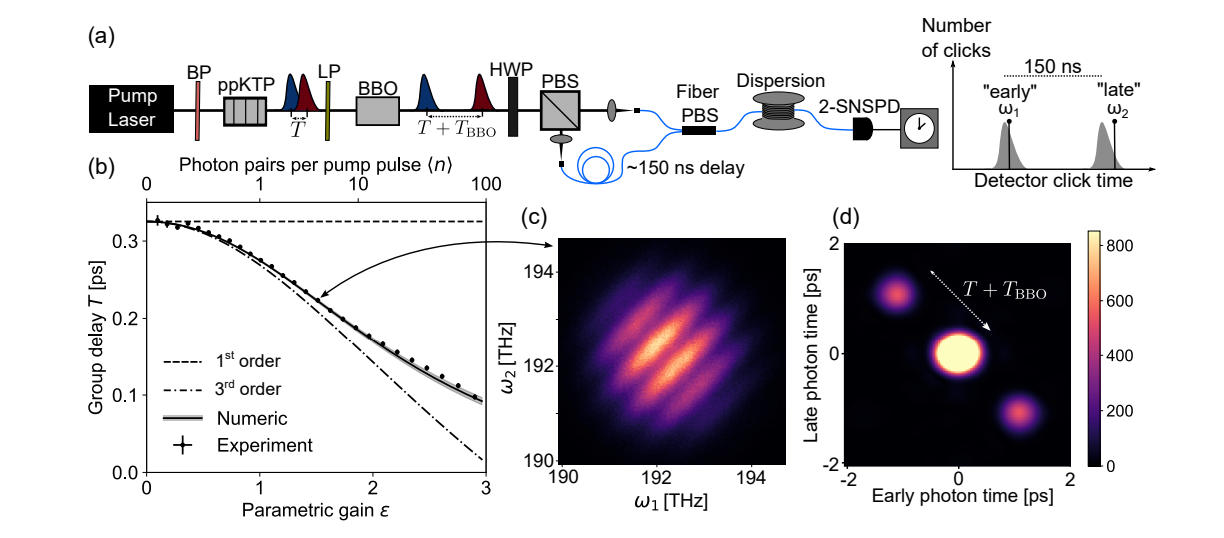
(a) Experimental setup. A BBO crystal is used to introduce additional group delay between signal and idler photons produced by a ppKTP crystal. The photons pass through a series of optical elements—bandpass (BP) and longpass (LP) filters, a half-wave plate (HWP), and a polarizing beam splitter (PBS)—before being detected by a two-element superconducting nanowire single-photon detector (2-SNSPD). Dispersive optical fiber converts frequency differences into timing shifts for the detected photons.
(b) Measured group delay T as a function of the parametric gain ε. The horizontal dashed line corresponds to an analytic model including only the first-order Magnus term (Ω̂₁), which simplifies the delay to the group velocity walk-off β₀ = L(v_s⁻¹ − v_i⁻¹)/2. The dot-dashed line shows a refined approximation incorporating terms up to Ω̂₃, given by T = β₀ − 24τε² / √[3π(12 + ε²)]. The black shaded curve represents numerical results from the NeedALight model [68], with the shaded area indicating a 95% confidence interval.
(c) Example of a spectrally resolved coincidence histogram N(ω₁, ω₂) recorded at ε = 1.407(3).
(d) Fourier transform of N(ω₁, ω₂). The color scale indicates the number of events per bin accumulated over a five-minute interval. [1]
Group delay refers to the differences in travel times experienced by various frequency components of a signal as it propagates through a medium. Such delays can cause signal distortions that are particularly challenging to manage in systems relying on quantum states of light. In the context of SPDC, effectively managing group delay is essential for generating and manipulating entangled photon states, which lie at the heart of many quantum information technologies.
Intense laser pulses, when used in SPDC experiments, open new avenues in quantum communication and cryptography, where secure and efficient information transfer is paramount. Precise timing control of photon generation and detection can improve the speed and security of data transmission, pushing the boundaries of modern communication technologies.
Furthermore, a deeper understanding of group delay mechanisms in multiphoton processes could contribute to advancements in high-sensitivity medical imaging and quantum-enhanced sensing techniques. These applications exploit the quantum nature of light to detect subtle changes in biological samples or materials under examination. The findings underscore the importance of continued exploration into nonlinear optical processes and their role in shaping next-generation quantum technologies, which have the potential to revolutionize many facets of our everyday lives.
[1] Source: „Gain-induced group delay in spontaneous parametric down-conversion”: https://arxiv.org/pdf/2405.07909

